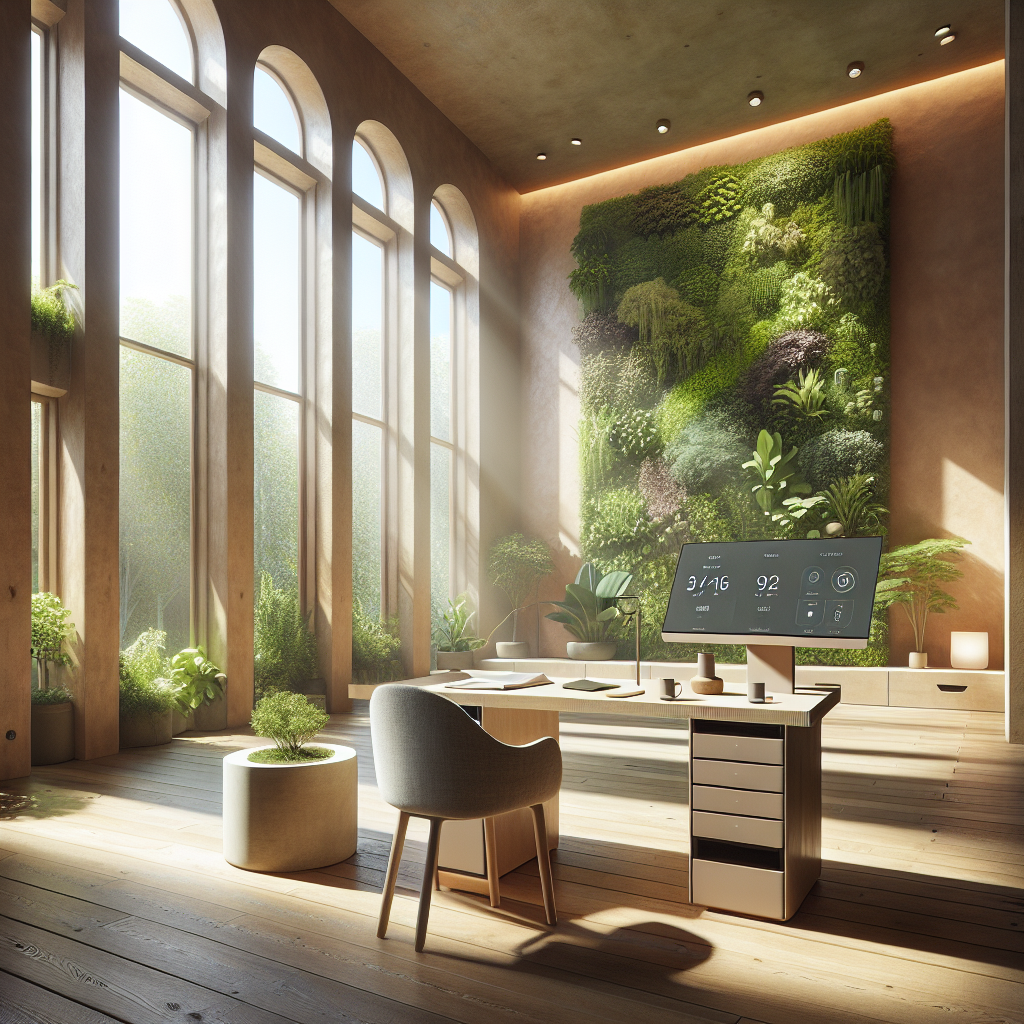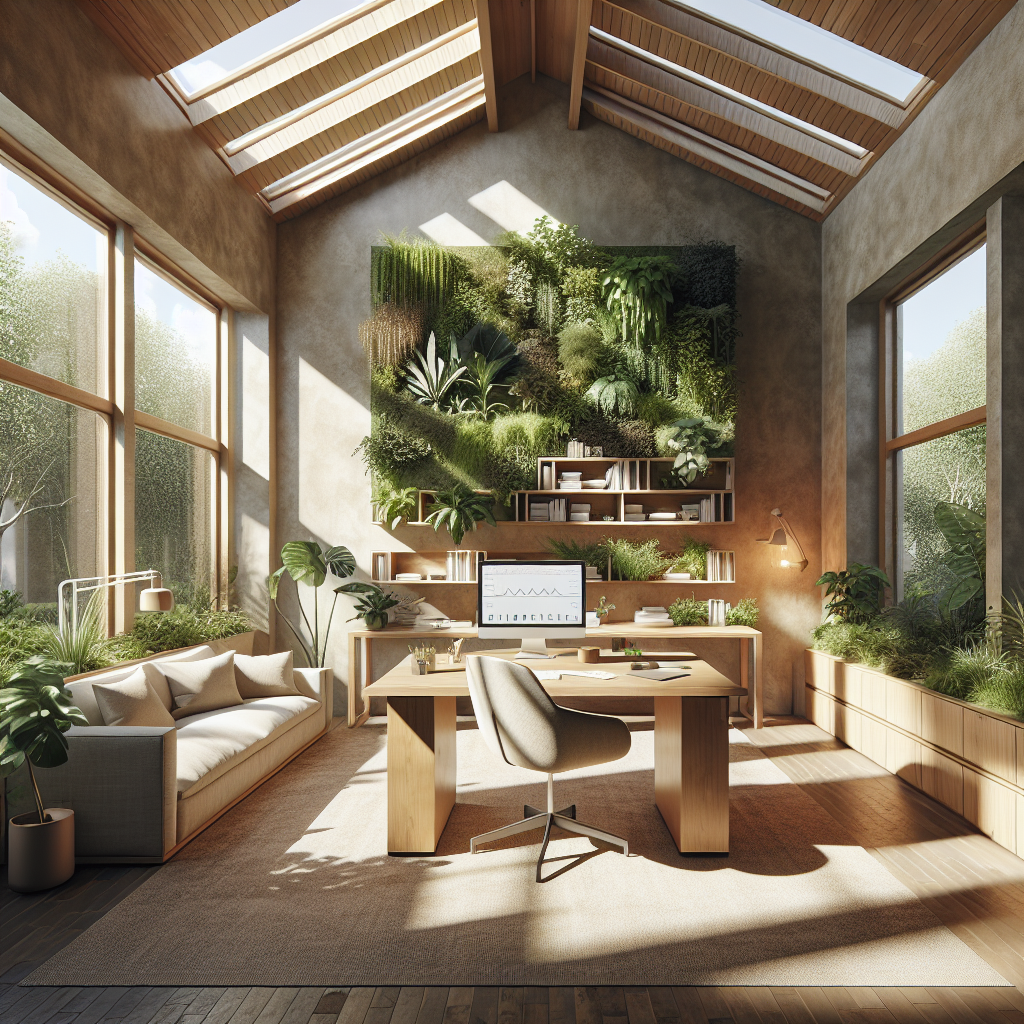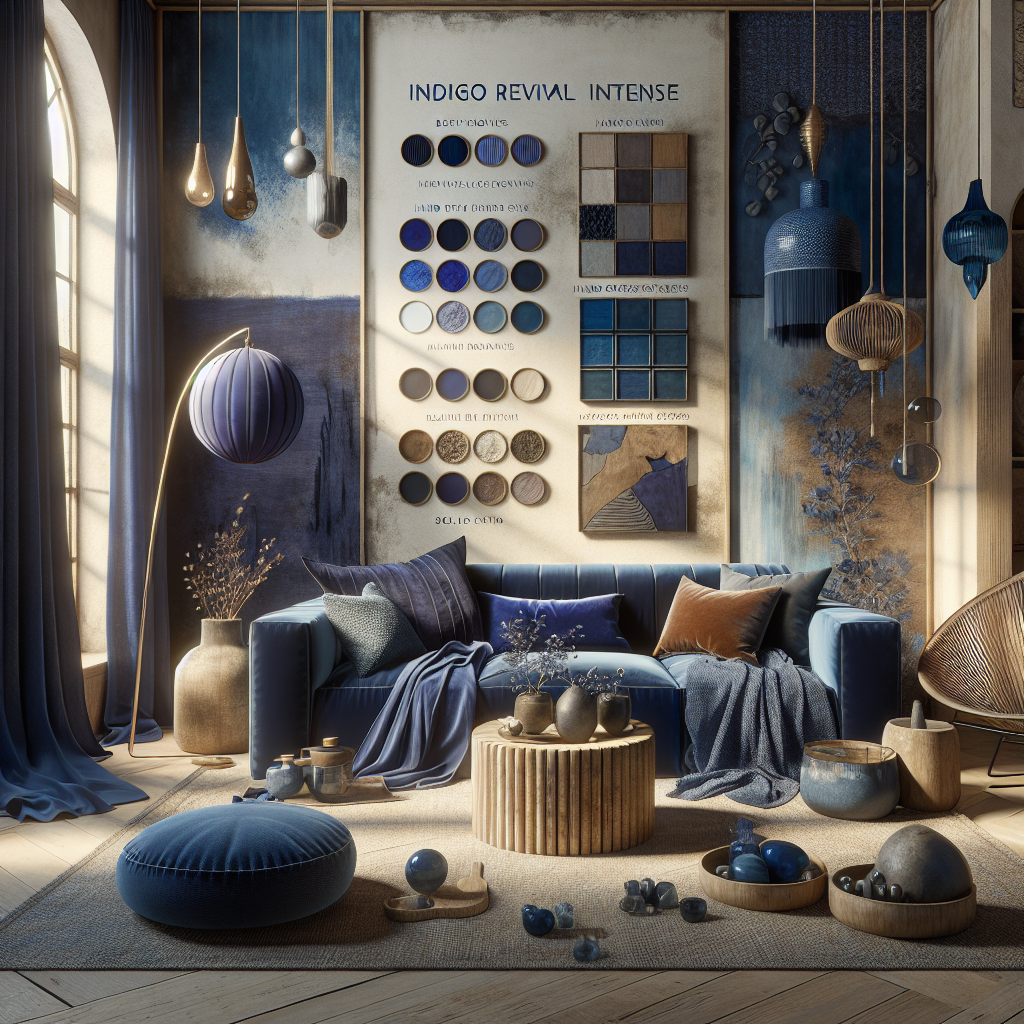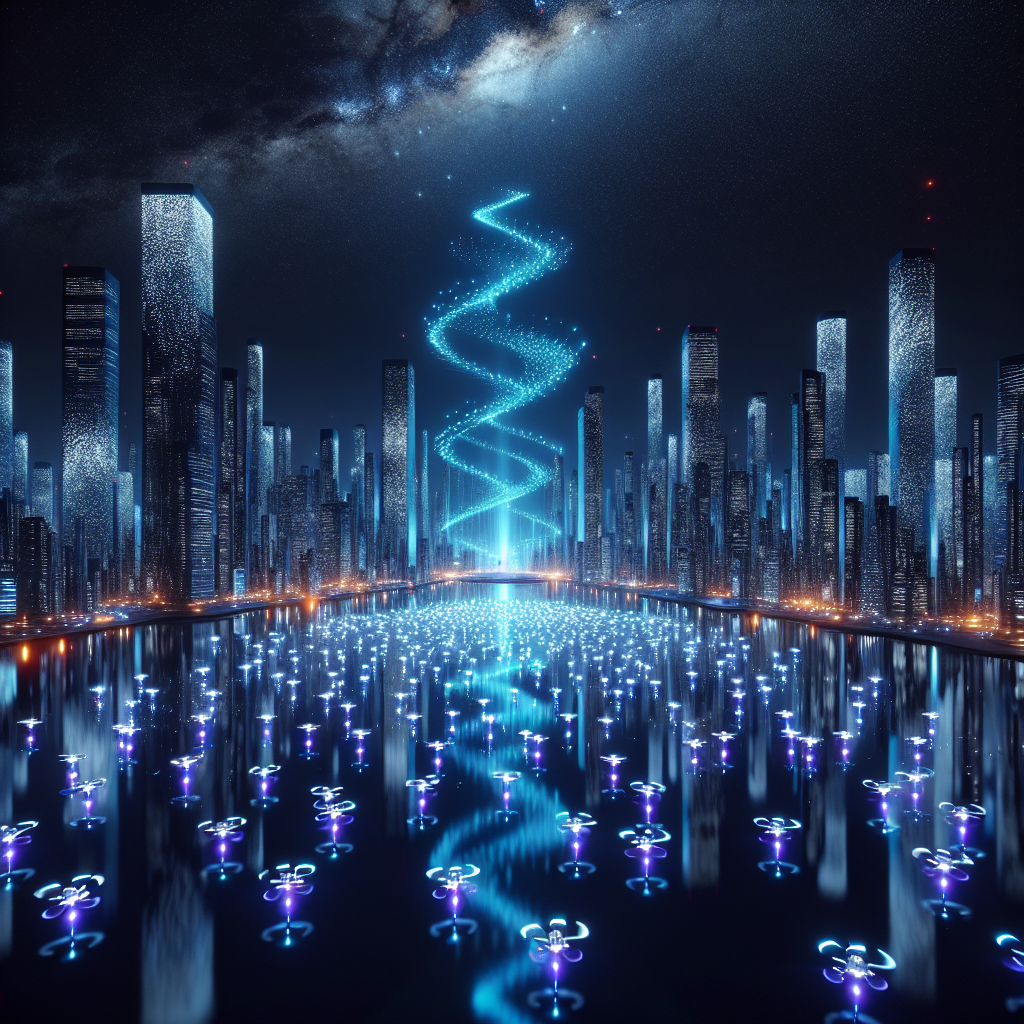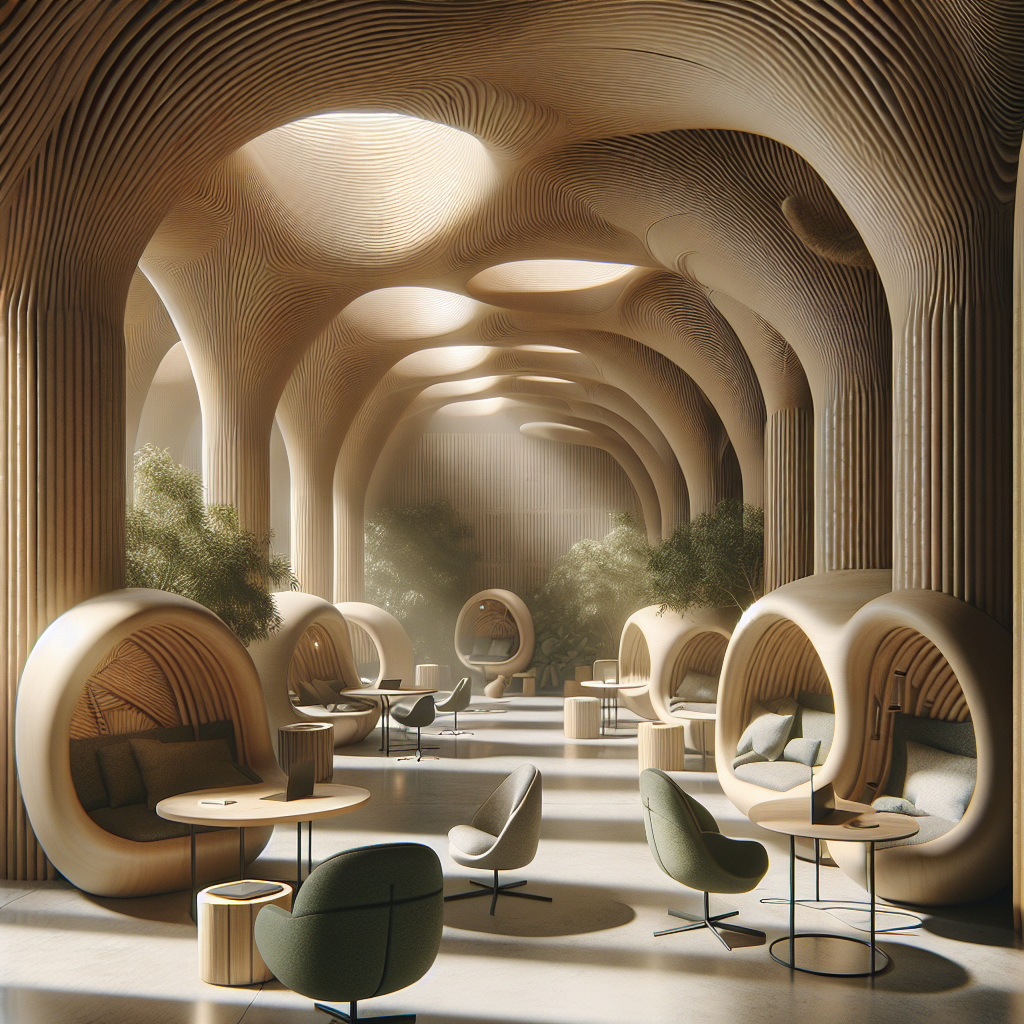Wellness-Oriented Home Offices: Biophilia Meets Smart Tech
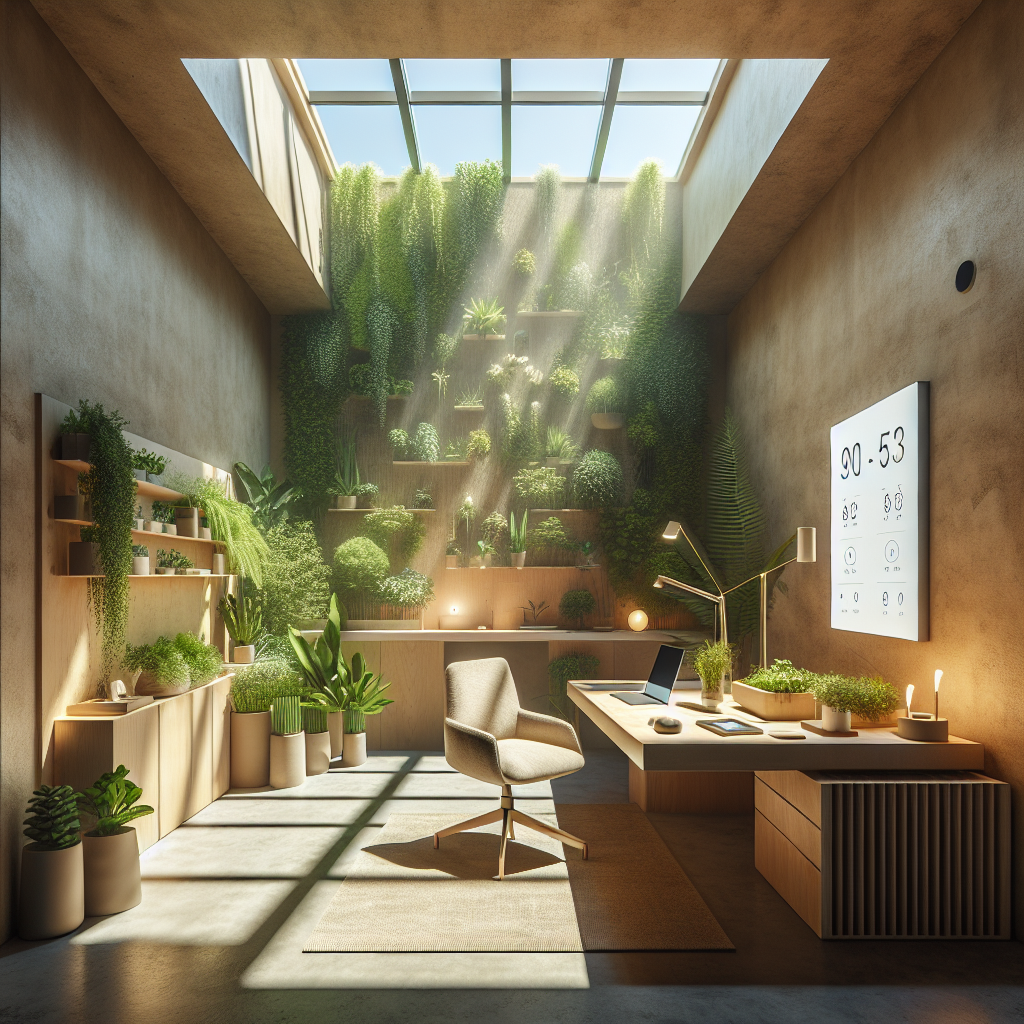
In the last decade, the home office has transformed from a makeshift corner into a fully fledged design typology. Once an afterthought, it is now a critical space where architecture, interior design, and technology converge. As remote and hybrid work models continue to define professional life, the demand for environments that nurture both productivity and well-being has never been greater. The most compelling response to this shift lies in the marriage of biophilic design with smart home technology—a synthesis that creates wellness-oriented home offices capable of reducing stress, enhancing focus, and fostering a deeper connection between human and habitat.
The Rise of Wellness-Oriented Workspaces
The global pivot to remote work has reshaped how designers and architects approach residential interiors. According to a 2023 survey by the American Society of Interior Designers, over 70% of respondents identified wellness as a top priority in home office design. This aligns with research from biophilia theory, which suggests that humans possess an innate affinity for nature, and that integrating natural elements into built environments can significantly improve mental health and cognitive performance.
In practice, this means home offices are no longer defined by ergonomic chairs and efficient storage alone. They are becoming restorative sanctuaries—spaces that harmonize daylight, greenery, tactile materials, and intelligent systems to support the rhythms of body and mind. The most successful designs are those that blur the line between biophilic interiors and digital innovation, weaving together natural and technological threads into a seamless tapestry.
Biophilia as the Foundation
At the heart of wellness-oriented home offices lies biophilic design. This approach emphasizes natural light, organic textures, greenery, and spatial fluidity. Large clerestory windows, for instance, not only flood workspaces with daylight but also create a shifting play of shadows that subtly mark the passage of time. Living walls or vertical gardens act as both air purifiers and sculptural focal points, while natural materials—oak desktops, linen upholstery, clay-based wall finishes—add a tactile richness that synthetic surfaces cannot replicate.
The psychological benefits are profound. A study published in the Journal of Environmental Psychology found that workers in biophilic environments reported a 15% increase in well-being and a 6% boost in productivity. For architects and designers, this data underscores the importance of moving beyond mere aesthetics to create environments that actively support human flourishing.
Smart Technology as the Enabler
If biophilia provides the soul of the wellness-oriented office, smart technology is its nervous system. The integration of intelligent systems allows for spaces that adapt to the user’s physiological and psychological needs in real time. Circadian lighting systems, for example, can shift color temperature throughout the day, mimicking natural daylight cycles to regulate sleep and energy levels. Smart thermostats and air-quality monitors ensure optimal comfort and health, while noise-canceling acoustic panels embedded with IoT sensors can adjust soundscapes for deep focus or relaxation.
Voice-activated assistants and AI-driven scheduling tools reduce cognitive load, while smart desks with posture sensors gently remind users to stand or stretch. These innovations echo the broader evolution of smart home technology, where personalization and adaptability are central to the user experience. In the home office, such features become more than conveniences—they are essential instruments in sustaining long-term wellness.
The Convergence: Where Nature Meets Code
The most compelling designs are those where biophilia and smart tech are not simply layered but deeply integrated. Imagine a workspace where a digital interface controls irrigation for an indoor herb wall, or where an AI system adjusts window blinds based on both circadian rhythm and local weather data. In such spaces, technology does not compete with nature; it amplifies it.
This convergence reflects a broader trend in contemporary architecture: the pursuit of responsive environments. Just as kinetic facades adapt to climate conditions, wellness-oriented home offices adapt to the emotional and physical states of their occupants. The result is a new typology of workspace—one that is alive, intuitive, and deeply human-centric.
Case Studies: From Concept to Reality
Several recent projects illustrate this synthesis with remarkable clarity. In Copenhagen, a townhouse renovation integrated a skylit atrium filled with cascading greenery, paired with an AI-controlled ventilation system that maintains ideal humidity for both plants and occupants. In Tokyo, a compact apartment features a modular desk system with embedded sensors that track air quality, automatically triggering a hidden filtration system when pollutants rise.
These examples demonstrate that scale is not a limitation. Whether in a sprawling suburban home or a micro-apartment, the principles of biophilia and smart tech can be tailored to context. Designers are increasingly drawing inspiration from both ancient precedents—such as the passive cooling strategies of desert architecture—and cutting-edge innovations like virtual reality visualization that allows clients to experience the sensory impact of biophilic-smart hybrids before construction begins.
Design Language: Aesthetics of Calm and Precision
Visually, wellness-oriented home offices tend to favor a restrained palette: muted earth tones, matte finishes, and subtle contrasts between natural and engineered surfaces. The interplay of soft greenery against sleek OLED panels creates a dialogue between organic imperfection and technological precision. Furniture often embraces modularity, allowing for reconfiguration as work-life patterns evolve, while acoustic zoning elements—wool felt panels, cork partitions—double as sculptural interventions.
The aesthetic is not about excess but about balance. It is a design language that communicates calm authority, one that resonates with the growing cultural emphasis on mindfulness and sustainability. In this sense, the wellness-oriented home office is not just a functional necessity but a statement of values.
Looking Ahead: The Future of Hybrid Sanctuaries
As we move deeper into the 2020s, the trajectory is clear: wellness-oriented home offices will continue to evolve as hybrid sanctuaries where work, health, and design intersect. The next frontier may involve deeper integration of artificial intelligence to anticipate user needs, or the use of bioengineered materials that actively purify air and regulate humidity. Designers will also grapple with questions of accessibility, ensuring that these innovations are not limited to luxury markets but can be adapted for smaller, more affordable dwellings.
What remains constant is the imperative to design with empathy. The wellness-oriented home office is not merely a technical or aesthetic exercise—it is a cultural project, one that reflects our collective rethinking of what it means to live and work well. By embracing both the timeless wisdom of nature and the transformative potential of technology, architects and designers are crafting spaces that are not only efficient but profoundly humane.
